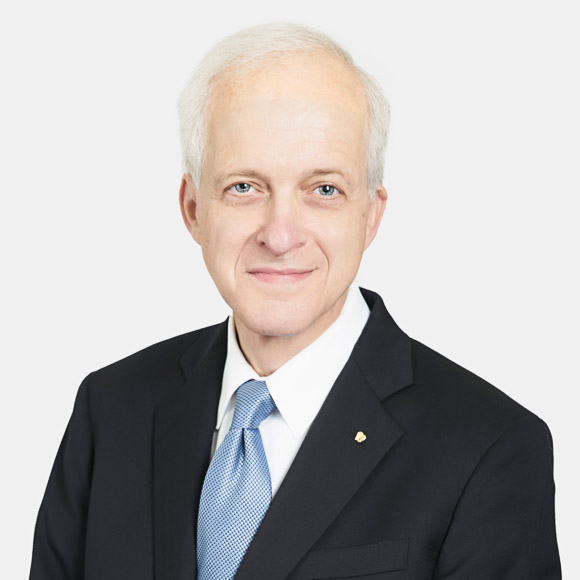Pain-killer: Oklahoma Limits Public Nuisance Liability
by Paul V. Esposito
Some adages can use refinement. There’s the one about the only certainties in life being death and taxes. Right with them is pain, which for most people comes sooner than the other two. It can be so cruelly relentless that its victims will do most anything to rid themselves of it.
Like taking opioids, then taking more. The overuse of prescription opioids has caused its own pain—the pain of addiction. And for many governments and health care providers, it has caused enormous financial pain they can’t get on top of.
State and municipal governments are fighting back, hoping to recoup millions spent in services for the addicted. But as Oklahoma recently learned, the road to financial relief is not an easy one. State ex rel. Hunter v. Johnson & Johnson, 2021 OK LEXIS 60.
Facts
From the mid-1990s until 2015, J&J marketed a number of prescription opioid medications in Oklahoma. Although J&J only had a 3% market share, it was enough to attract the attention of Mike Hunter, the state’s attorney general. He filed suit against J&J and two other manufacturers for deceptive marketing of opioids in Oklahoma. The state settled with the two others and dismissed all claims against J&J except one. The state contended that J&J’s failure to warn of the dangers of opioids and its active promotion of them violated Oklahoma’s public nuisance statute.
After a bench trial, the district court ruled that J&J violated the statute by conducting “false, misleading, and dangerous marketing campaigns” about prescription opioids. It ordered J&J to pay $465 million, the one-year amount needed to fund the state’s abatement program. The court did not give J&J a credit for the state’s settlements with the other manufacturers. Nor did the court apportion damages based on J&J’s market share. Instead, it held J&J responsible to abate all harms done by all opioids, not just those sold by J&J.
In a split decision, Oklahoma’s Supreme Court ruled that the district court took the public nuisance statute too far.
Analysis
The majority traced public nuisance law from its criminal-law roots to its evolution into a common law tort. Public nuisance involves conduct performed at an actor’s location that harms the public, e.g., creating excessive noises, emitting foul odors, obstructing public travel and navigation. Like other states, Oklahoma has codified the common law, limited to conditions that damage or annoy most or all members of a community, though not always equally. Importantly, the statute only covers criminal or property-based conduct. The Supreme Court had never applied it to the manufacture or marketing of lawful products.
It refused to make an exception for prescription opioids. Public nuisance and product liability present two distinct claims not intended to overlap. Nuisance law is “fundamentally ill-suited to resolve claims against product manufacturers.”
The court offered three reasons. First, product manufacture and distribution rarely violate a public right. Doing so requires more than aggregating the private rights of many injured people. A public right is a right to a public good shared by the public at large, e.g., clean water. But despite its claim that J&J had interfered with an alleged public right of health, the state was not seeking damages for a communal injury. Allowing a public nuisance suit against products lawfully sold would be too expansive.
Second, a manufacture lacks control over a product once sold. J&J lacked control over wholesale distribution, government regulation, physician prescription, pharmacists’ dispensing, and patient misuse. And it certainly lacked control over its competitors’ products. Because manufacturers lack post-sale control, they cannot abate a nuisance—the remedy sought by the state against J&J. Even if J&J paid for the state’s abatement plan, it could not abate the problem because the problem is not the opioids themselves. The problem is their distribution and use.
Third, creating public nuisance liability would make manufacturers perpetually liable for their products. Public nuisance statutes can sidestep statutes of limitations, which can make manufacturers liable for distribution of products decades earlier.
In the end, the Court feared that extending public nuisance law to lawful products would create a monster allowing nuisance law to swallow up tort law. “[W]ill a sugar manufacturer or a fast food industry be liable for obesity, will an alcohol manufacturer be liable for psychological harms, or will a car manufacturer be liable for health hazards from lung disease to dementia or for air pollution.” Under the J&J decision, not in Oklahoma.
Learning Point: The J&J decision is certainly welcome news for a variety of manufacturers of legal products. But it’s also good for society as a whole. Left unchecked, nuisance law can be so far reaching that unexpected defendants can be hit. If a car manufacturer may be held liable under public nuisance law for creating a health hazard, what about a car user? May a state sue parents for feeding their children foods that contribute to the obesity problem? Nuisance law can become a problem far more painful than anyone ever imagined. The Oklahoma Supreme Court wisely let traditional tort law govern tort damages. Here’s hoping that other states follow the Court’s lead.
 Paul V. Esposito
Paul V. Esposito